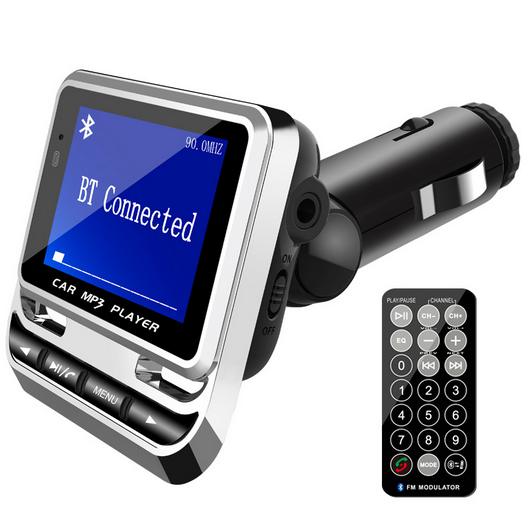Introduction
In the world of FM broadcasting, signal quality is paramount. A strong, clear signal ensures that your audience can enjoy your broadcasts without interruptions or interference. Achieving optimal signal quality requires careful consideration of various factors, from antenna placement to equipment selection. Let’s delve into the key aspects of enhancing signal quality with FM transmitter antennas.
The Importance of a High-Quality Antenna
Your FM transmitter antenna is the bridge between your broadcast equipment and your audience. A high-quality antenna is essential for ensuring a strong and reliable signal. When selecting an antenna, consider factors like gain, frequency range, and impedance matching. These qualities determine the antenna’s ability to transmit and receive signals effectively.
Antenna Placement
Proper antenna placement is crucial for signal quality. The location, height, and orientation of your antenna significantly impact its performance. To maximize signal strength, ensure that your antenna is mounted as high as possible and in a clear line of sight to your target area. Avoid obstructions like buildings or trees that can block or reflect the signal.
Signal Booster and Amplifiers
Signal boosters and amplifiers are valuable tools for enhancing your FM signal. These devices can amplify weak signals, making them stronger and clearer. When using signal boosters, it’s essential to follow the manufacturer’s recommendations and ensure they are properly installed and maintained.
Weather Considerations
Weather conditions can affect FM signal quality. Rain, snow, and atmospheric changes can cause signal degradation. To mitigate these issues, invest in weather-resistant antennas and equipment. Regular maintenance and inspections can also help identify and address weather-related signal problems.
Antenna Tuning
Tuning your antenna to the correct frequency is a critical step in optimizing signal quality. Improper tuning can result in signal distortion and interference. Consult your antenna’s user manual for guidance on the tuning process or consider seeking professional assistance for precise tuning.
Grounding and Lightning Protection
Proper grounding is essential for safety and signal quality. It helps dissipate static electricity and protects your equipment from lightning strikes. Ensure that your antenna system is correctly grounded and invest in lightning protection devices to safeguard your investment.
FAQs
Q: Can I use any FM antenna with my transmitter?
A: It’s essential to choose an antenna that is compatible with your transmitter’s frequency range. Always check the specifications of both your transmitter and antenna to ensure compatibility.
Q: How high should I mount my FM antenna?
A: The higher, the better. Mount your antenna as high as possible, preferably above obstructions like buildings and trees, to improve signal reach and quality.
Q: Can I use multiple antennas to improve signal strength?
A: Yes, you can use multiple antennas, but it requires precise installation and a signal combiner. Professional assistance is recommended for this setup.
Q: Why is my FM signal weaker during bad weather?
A: Weather conditions can affect signal propagation. Investing in weather-resistant equipment and regular maintenance can help mitigate these issues.
Q: How often should I tune my FM antenna?
A: Antenna tuning is crucial for optimal signal quality. It’s recommended to tune your antenna whenever you change frequencies or experience signal issues.
Q: What’s the difference between gain and frequency range in an antenna?
A: Gain refers to an antenna’s ability to direct signals in a specific direction, while frequency range defines the range of frequencies it can transmit and receive effectively.
Conclusion
Enhancing signal quality with FM transmitter antennas is a combination of choosing the right equipment, proper installation, and maintenance. By following the tips and guidelines provided in this guide, you can ensure your broadcasts are crystal clear, reaching your audience with the highest quality signal possible. Don’t let poor signal quality hinder your FM broadcasting experience—take the steps to optimize your antenna system.













